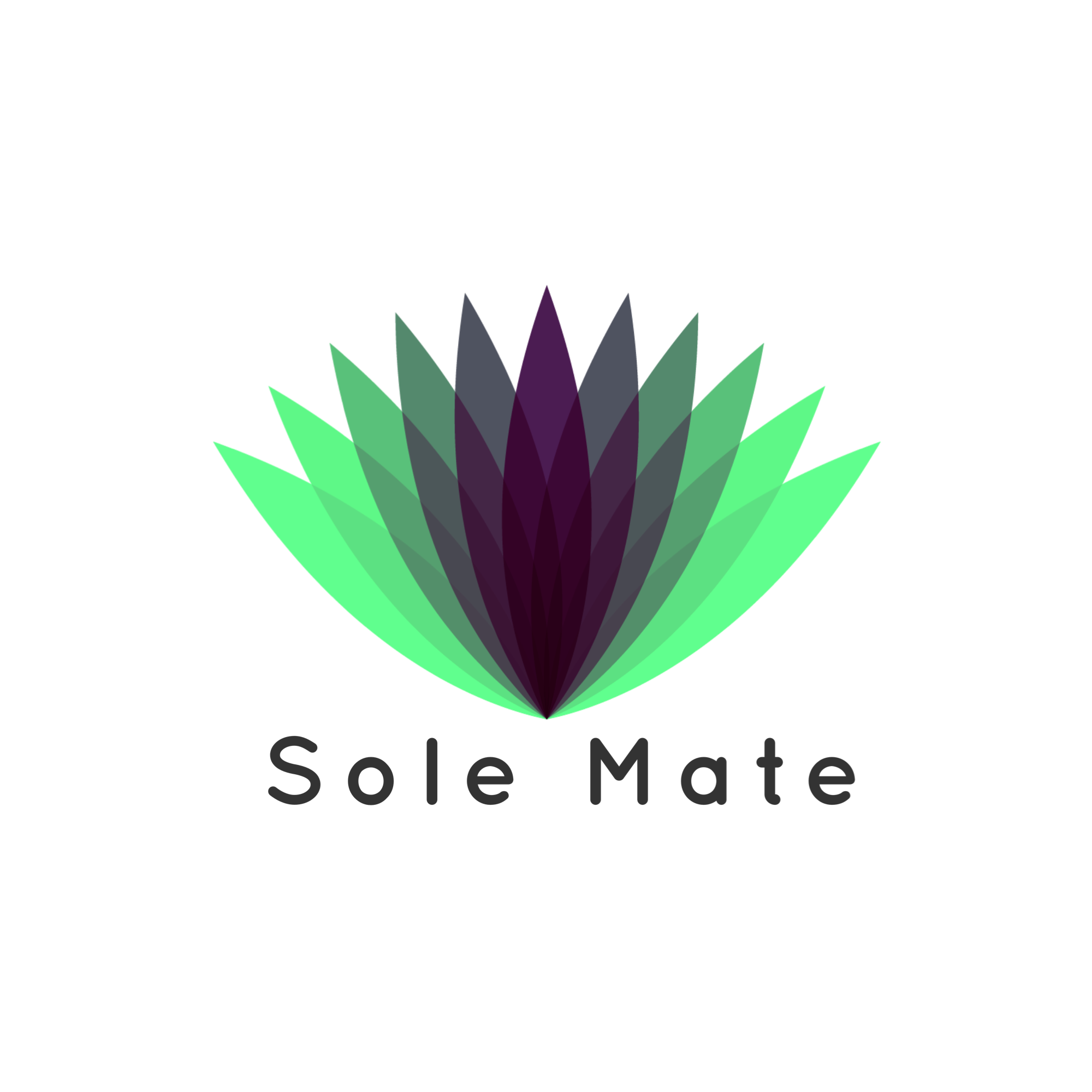It’s easy to ignore what we don’t see. Visitors to a clean room or manufacturing facility are no different: unless they stepped in mud (or something altogether less pleasant) on the way over, it’s unlikely that they’ll think twice before entering the room.
Oh, if those visitors only knew what they were tracking in!
How Dirty Are Our Shoes? Here are Some Statistics
The truth is, our shoes accumulate, carry, and transport a lot of unwanted unmentionables. Toxins, bacteria, and foreign particles, to name a few. Think about it: we wear our shoes everywhere. Outside. Into public restrooms. Dog parks and beaches. So, finding out that most shoes are quite dirty is not something we lose to much sleep over.
Maybe we should, considering the following statistics about shoes:
- According to University of Utah Healthcare, 90% of the bacteria on shoes is transferred to carpet or tile. This includes e-coli.
- According to a University of Houston study, more than 26 percent of shoe soles from home environments tested positive for C. diff, one of the most common causes of infection in the United States.
- A University of Arizona study found more than 420,000 different bacteria present on the bottoms of 96% of shoes.
In places where limiting the introduction of particles, bacteria, and other unwelcome entrants, such as clean rooms or laboratories, the presence any contaminant, bacteria, or other particle can be costly. These environments require that the footwear variable–that is, bacteria tracked in from outside on a visitor’s shoes—be tightly controlled.
The Solution? Automate the Process
The first solution is to have visitors remove shoes before entering. That same University of Utah study cited above recommends setting slip-resistant slippers at the entrance of homes so visitors can leave bacteria on shoes at the door.
Another thought is to somehow disinfect visitors’ shoes. Imagine though, a real estate showing or laboratory that welcomes dozens or even hundreds of visitors a day. All of the sudden, disinfecting every pair of shoes becomes unsustainable, both in terms of time and cost.
For high-traffic areas, there is a better alternative: the automatic shoe cover dispenser. In about three seconds, a visitor can step in, cover both shoes, and avoid contaminating sensitive areas. Plus, it saves the facility time and money otherwise spent on operating costs.
Oh, and don’t forget peace of mind, something we’ll all be seeking considering these latest data on the cleanliness of our shoes.






